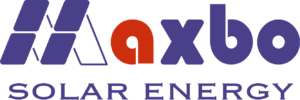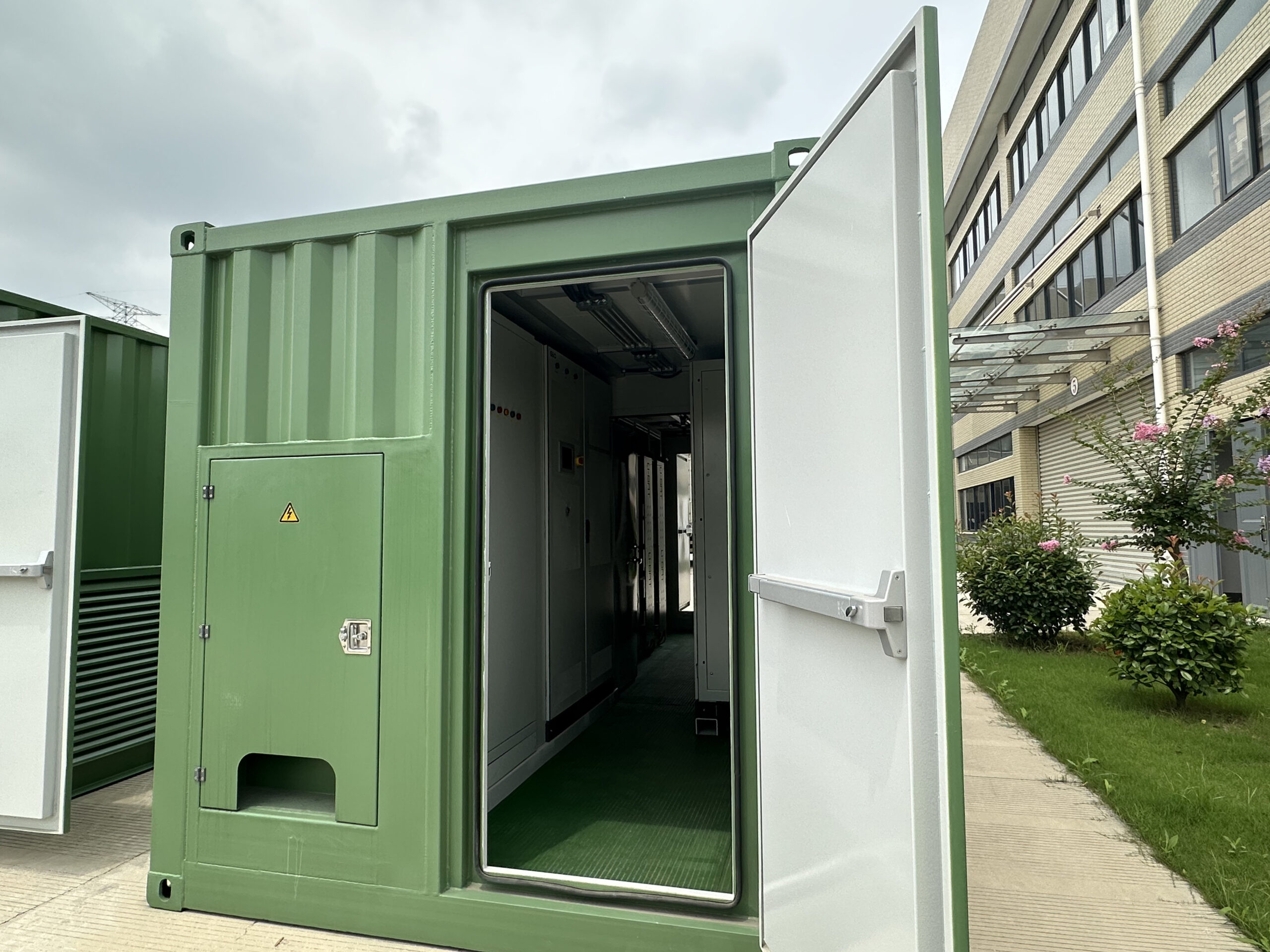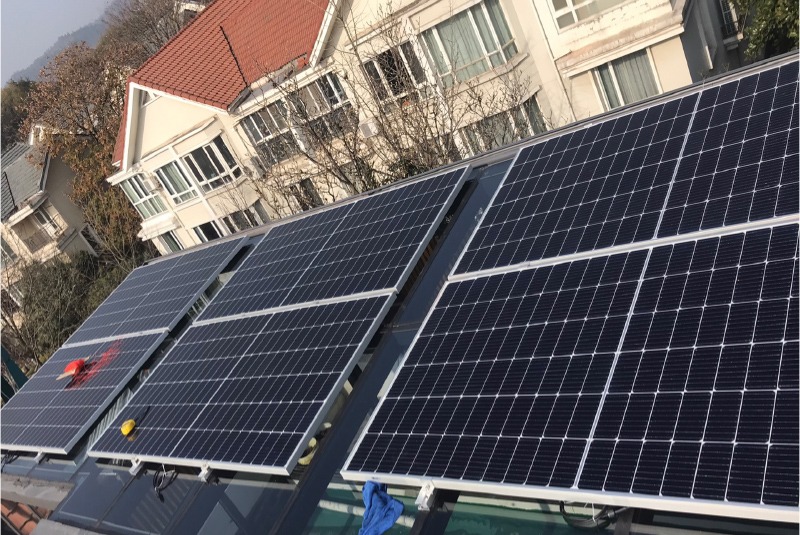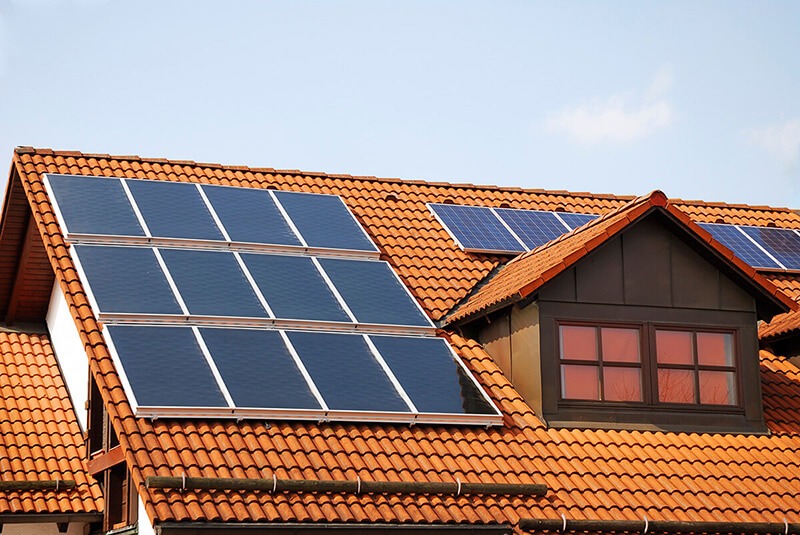Introduction
Investing in a residential home solar system can be a wise decision, not only for environmental reasons but also for potential long-term financial gains. This article explores the costs associated with installing “home solar systems residential,” as well as the crucial factors of return on investment (ROI) and the payback period.
Costs of Installing a Home Solar System
The cost of installing a home solar system can vary widely depending on several factors, including the system’s size, location, local incentives, and the quality of components. On average, a residential solar system can cost between $15,000 and $25,000 for a typical 5 kW system in the United States.
Solar Panels: Solar panels typically constitute a significant portion of the cost. The price of panels can vary based on their efficiency and brand. High-efficiency panels tend to cost more but can generate more electricity per square foot.
Inverter: An inverter is essential for converting the direct current (DC) electricity generated by the panels into alternating current (AC) electricity usable in your home. Inverters come in various types, such as string inverters, microinverters, and power optimizers, each with its cost considerations.
Installation: The cost of installation includes labor, mounting hardware, and electrical work. Factors such as roof complexity, accessibility, and local labor rates can affect installation costs.
Permits and Inspections: Homeowners often need permits and inspections, which come with associated fees. These ensure that the system meets safety and building code requirements.
Additional Components: Depending on your location and energy needs, you may require additional components like a battery storage system or a backup generator. These can add to the overall cost.
Return on Investment (ROI)
ROI is a crucial metric that assesses the financial benefits of a home solar system over its lifetime. It is typically expressed as a percentage and represents the annual return on the initial investment.
To calculate ROI, consider the following factors:
Energy Savings: Calculate the amount of money saved on your electricity bills each year after installing the solar system. Subtract the annual costs of system maintenance and any financing fees or interest payments.
Incentives and Tax Credits: Consider any financial incentives, rebates, tax credits, or feed-in tariffs offered by local governments or utilities. These can significantly reduce the upfront cost and boost your ROI.
System Lifespan: Solar panels typically have a lifespan of 25-30 years or more. Calculate the total energy savings over the system’s lifetime.
System Degradation: Account for the gradual decrease in solar panel efficiency over time. Most panels degrade at a rate of about 0.5% to 1% per year.
Payback Period
The payback period is the time it takes for the cumulative energy savings to equal or surpass the initial investment in the home solar system. It is an essential consideration for homeowners looking to gauge how quickly they will begin to see a return on their investment.
To calculate the payback period:
Determine Initial Investment: Start with the total cost of the solar system installation.
Calculate Annual Savings: Estimate your annual energy savings by comparing your solar system’s electricity production to your previous electricity bills.
Account for Incentives: Subtract any incentives, tax credits, or rebates from the initial investment to get the effective cost.
Calculate the Payback Period: Divide the effective cost by the annual savings to determine how many years it will take to recoup your investment.
Conclusion
Investing in a residential home solar system involves upfront costs, but it offers significant long-term benefits, including energy savings, environmental impact, and potential financial gains. Understanding the costs, return on investment, and payback period is crucial for making an informed decision. As solar technology continues to advance and incentives become more attractive, “home solar systems residential” are becoming increasingly accessible and financially rewarding for homeowners. Ultimately, the investment in solar power not only helps reduce electricity bills but also contributes to a sustainable and eco-friendly future.
If you want to customize your own photovoltaic solution today, please contact us.








